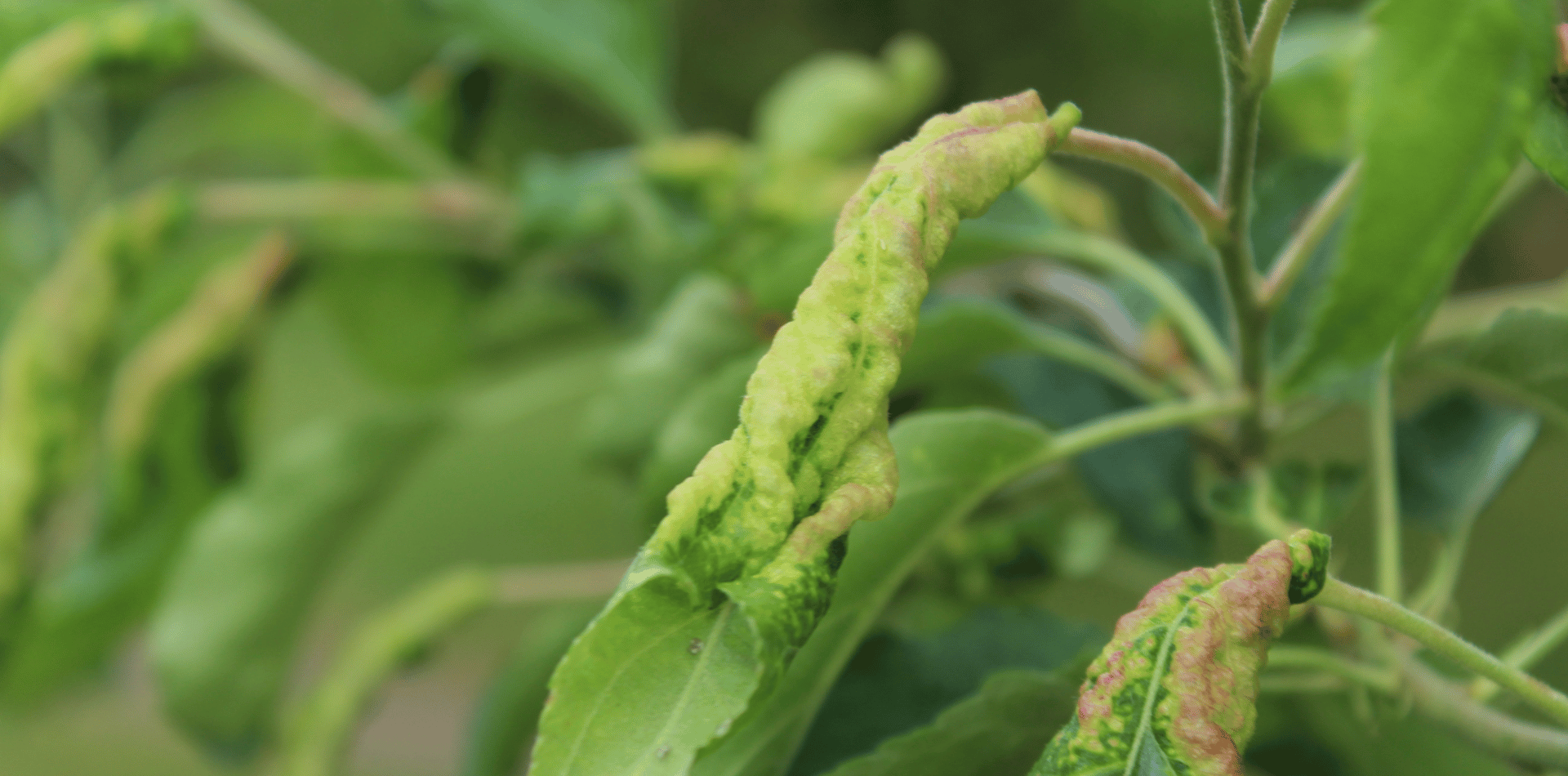Avoiding Common Tree Removal Mistakes: Lessons from the Professionals
Avoiding Common Tree Removal Mistakes
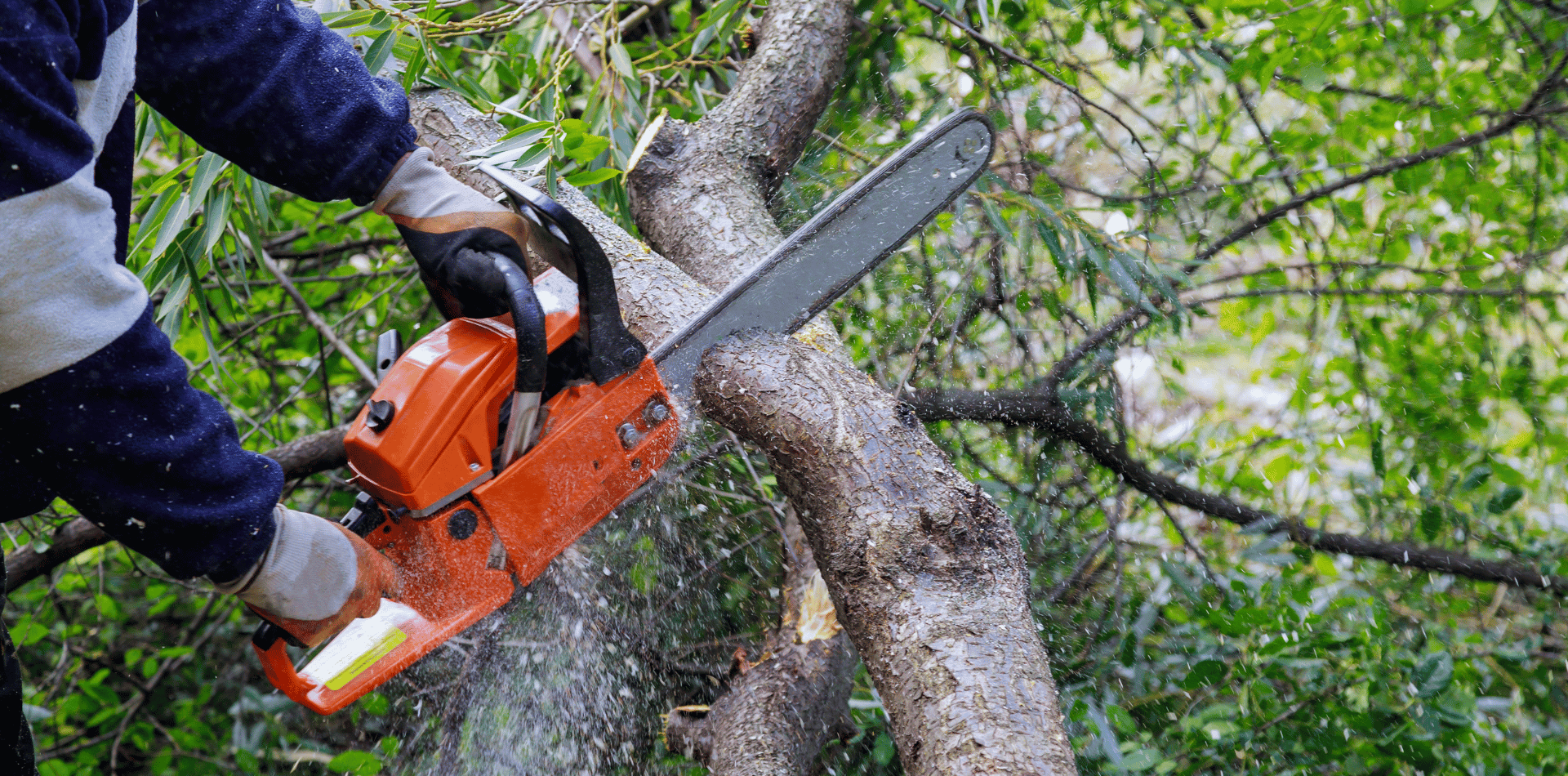
Avoiding common mistakes during tree removal is crucial to ensuring the safety of individuals and property, as well as preserving the health of the surrounding environment. A critical step in this process, often overlooked or inadequately performed, is the thorough assessment and detailed planning before any action is taken. Here’s a deeper dive into why these steps are indispensable and other common pitfalls to avoid:
Thorough Assessment and Detailed Planning
Importance of Professional Assessment
Certified arborists, like James Sullivan from Kaptol Tree Expert, bring invaluable expertise in evaluating a tree's health, structural stability, and the potential risks it poses to its surroundings. This professional assessment can determine whether tree removal is genuinely necessary or if alternative measures, such as pruning or disease management, could resolve the issue. An arborist can also identify potential hazards associated with the tree’s removal, such as proximity to power lines, structures, or other trees, ensuring that any action taken is safe and calculated.
Developing a Detailed Plan
Once an assessment is made, creating a detailed plan for removal (if necessary) is essential. This plan should consider the direction of the tree’s fall, methods for removing the tree, equipment needed, and safety measures to protect people and property. Without a detailed plan, even a seemingly simple removal can result in damage to structures, injury, or unintended harm to the environment.
Common Tree Removal Mistakes to Avoid
Underestimating the Complexity of the Job
Many homeowners underestimate the complexity and risks involved in tree removal. This can lead to DIY attempts without proper equipment or safety measures, often resulting in accidents or property damage. Tree removal is a complex task that requires expertise and the right tools.
Ignoring Legal Requirements
Tree removal often falls under local regulations that may require permits or have specific guidelines to protect certain tree species or sizes. Failing to comply with these regulations can result in fines or legal issues. A certified arborist can help navigate these legalities, ensuring that any removal is conducted lawfully.
Neglecting Surrounding Environment
The impact of tree removal on the surrounding landscape and wildlife is another consideration that is often overlooked. Trees can be integral to local ecosystems, supporting various wildlife species. Removing a tree without considering its ecological role can disrupt local biodiversity. Where necessary, mitigation measures, such as planting new trees or creating wildlife habitats, should be considered.
Poor Timing
Timing can significantly affect the success and impact of tree removal. For example, removing trees during nesting season can harm local bird populations, while removing trees in wet conditions can cause unnecessary damage to the surrounding soil and vegetation. Consulting with an arborist can help determine the best time for removal to minimize environmental impact.
Tree removal is not a decision or process to be taken lightly. It requires a comprehensive understanding of the tree’s condition, potential risks, and the impact on the surrounding area. By involving certified arborists like James Sullivan and avoiding common pitfalls, individuals can ensure that tree removal is conducted safely, legally, and with minimal negative impact on the environment. Proper assessment, planning, and execution are key to a successful and responsible tree removal process.
Neglecting Proper Assessment and Planning
Avoiding common mistakes in tree removal is essential for ensuring the safety and well-being of both the environment and those involved in the process. The advice of James Sullivan, a certified arborist from Kaptol Tree Expert, underscores the importance of professional assessment and planning before proceeding with tree removal. This initial step is critical to identify whether removal is the best course of action and to outline a safe and effective strategy if it is. Let's explore additional considerations and common mistakes to avoid during the tree removal process.
Not Hiring a Certified Arborist for Assessment
Overlooking Expertise
One common mistake is attempting to assess a tree's condition without the necessary expertise. Certified arborists have the training to evaluate a tree's health, structural integrity, and the risks it may pose. They can spot signs of disease, decay, and structural weaknesses that untrained individuals might miss.
Risk of Incorrect Assessment
Without a proper assessment, there's a significant risk of misunderstanding the situation. A tree that appears healthy to an untrained eye might have internal issues, making it unstable. Conversely, a tree might seem to be in poor condition but could be saved with proper care, eliminating the need for removal.
Failing to Develop a Comprehensive Removal Plan
Ignoring Potential Hazards
A detailed plan for tree removal should account for all potential hazards, including proximity to power lines, structures, and other trees. Failing to identify and plan for these hazards can lead to accidents, injuries, and property damage.
Lack of Safety Measures
Tree removal is inherently dangerous. A comprehensive plan includes safety measures for both the workers and bystanders. Protective gear, proper signage, and securing the area are essential steps that are sometimes overlooked in the planning phase.
Legal and Environmental Oversights
Skipping Permit Processes
Many areas require permits for tree removal, especially for trees of a certain size or species. Ignoring or being unaware of these requirements can result in fines and legal complications.
Disregarding Environmental Impact
Removing a tree can have significant environmental impacts, affecting local wildlife and the overall ecosystem. A certified arborist can offer advice on mitigating these impacts, such as the best time for removal to avoid disrupting nesting seasons or suggestions for replanting native species.
Inadequate Cleanup and Post-Removal Care
Underestimating Cleanup
The process of removing a tree produces a significant amount of debris, including branches, leaves, and possibly the stump. Failing to plan for the cleanup and disposal of this debris can leave a property in disarray and pose additional hazards.
Neglecting Stump Removal
Leaving a stump in place can be unsightly and pose tripping hazards. It can also become a breeding ground for pests. Stump removal or grinding should be part of the removal plan but is often overlooked, leading to additional problems down the line.
Tree removal requires careful consideration, expert assessment, and meticulous planning to avoid common mistakes that can lead to unnecessary risks, damages, and costs. By emphasizing the importance of involving certified arborists like James Sullivan in the assessment phase, homeowners can make informed decisions about tree removal and ensure the process is carried out safely, legally, and with minimal environmental impact. Avoiding these common mistakes protects not only the individual trees and their surrounding environment but also the safety and well-being of all involved.
Ignoring Local Regulations and Permits
Navigating the complexities of local regulations and permits is a crucial aspect of tree removal that often gets overlooked, leading to avoidable legal complications and financial penalties. As highlighted by James Sullivan from Kaptol Tree Services, awareness and adherence to local laws governing tree removal are fundamental steps in the process.
Here’s why this is important and how to avoid common mistakes related to legal requirements.
Understanding Local Regulations
Varied Regulations
Local government areas, cities, and regions may have specific regulations regarding tree removal, designed to protect certain species, preserve the natural landscape, and maintain biodiversity. These regulations can vary significantly from one area to another, making it essential to investigate local laws before proceeding.
Protected Species and Heritage Trees
Some trees may be protected due to their species, age, historical significance, or ecological value. Removing such a tree without permission can result in severe penalties, including hefty fines and legal action. It's crucial to identify if the tree in question falls under such categories.
Securing Necessary Permits
Permit Application Process
If tree removal is permitted, it often requires an application process, where the property owner must justify the removal. The process may involve assessments by council arborists or independent consultants to verify the necessity and impact of the removal.
Compliance with Conditions
Permits may come with conditions to mitigate the impact of tree removal, such as replanting native trees or specific methods of removal to ensure safety and minimize environmental damage. Compliance with these conditions is just as important as obtaining the permit itself.
Common Mistakes to Avoid
Ignoring Local Laws
One of the most significant mistakes is assuming that tree removal is a straightforward right of the property owner, without any need to consult local regulations. This oversight can lead to unintentional illegal removal, with consequences that could include not only fines but also mandatory restitution, such as replacing the removed tree.
DIY Without Consulting Authorities
Undertaking tree removal as a DIY project without first checking with local authorities or a certified arborist can lead to violations of local laws. Property owners may not be aware of the specific regulations and protected species in their area, risking non-compliance.
Underestimating the Permit Process
Another common mistake is underestimating the time and information required to obtain a permit. The process can be detailed, requiring thorough documentation and sometimes a waiting period for approval. Planning for tree removal should account for this timeframe.
Kaptol Tree Expert Advice
James Sullivan’s advice to always check with local authorities or consult with professionals like Kaptol Tree Expert before removing a tree is invaluable. These experts can provide guidance on navigating the permit process, understanding local regulations, and ensuring that all legal requirements are met. They can also offer alternative solutions if tree removal is not permissible or advise on the best course of action if it is.
Adhering to local regulations and securing the necessary permits before proceeding with tree removal is not only a legal obligation but also a critical step in responsible property and environmental management. By avoiding the common mistakes related to legal requirements for tree removal, property owners can ensure they act in compliance with local laws, avoiding penalties and contributing to the conservation of their local ecosystem.

Underestimating the Complexity of the Task
Tree removal involves more than just cutting down a tree. The complexity of the task can vary based on the tree's size, location, and potential hazards. Underestimating the challenges can result in accidents and property damage.
Kaptol Tree Expert Advice: Professional tree removalist James Sullivan advises, "Always assume that tree removal is more complex than it appears. Assess the potential risks, plan the removal process carefully, and consider hiring professionals if the task seems beyond your capabilities."
Lack of Safety Precautions
Ensuring safety during tree removal cannot be overstressed, given the high-risk nature of the work involved. Inadequate safety measures can result in accidents causing serious injuries or fatalities. Sarah Adams, a safety specialist with Kaptol Tree Expert, rightly points out the indispensable role of Personal Protective Equipment (PPE) in safeguarding individuals during the tree removal process. Let's delve deeper into why safety is paramount and the common mistakes to avoid ensuring a secure tree removal operation.
The Importance of Safety in Tree Removal
Tree removal often involves working at heights, handling heavy machinery like chainsaws, and dealing with unpredictable tree behavior during cutting and felling. The complexity of these activities means there is a significant risk of injury from falls, cuts, or being struck by falling limbs or the tree itself. Proper safety precautions are essential to mitigate these risks.
Critical Safety Precautions
Personal Protective Equipment (PPE)
As emphasised by Sarah Adams, wearing appropriate PPE is non-negotiable. The essential PPE for tree removal includes:
- Hard Hat: Protects against head injuries from falling branches or debris.
- Safety Glasses: Shield eyes from flying wood chips and dust.
- Gloves: Provide grip and protect hands from cuts and abrasions.
- Chainsaw-Resistant Clothing: Minimises the risk of serious injury if a chainsaw kickback occurs or accidental contact is made with the chain.
Additional PPE, such as ear protection to guard against noise from chainsaws and other machinery, and steel-toed boots to protect feet, should also be considered.
Proper Training and Techniques
Handling chainsaws and other equipment requires specific training to operate safely. Understanding the correct techniques for cutting and felling trees is crucial to prevent accidents. Many accidents occur due to a lack of knowledge or disregard for safe cutting practices.
Situational Awareness
Being aware of your surroundings, including the location of other people, overhead power lines, and how the tree might fall, is vital. Ensuring that the area is clear and that all individuals involved are aware of the plan can prevent accidents.
Common Mistakes to Avoid
Skipping PPE
One of the most common mistakes is neglecting to wear appropriate PPE. Whether due to a perceived inconvenience or underestimation of the risks, the failure to use PPE can have dire consequences.
Lack of Preparation
Failing to plan the tree removal process, including assessing the tree's condition and surroundings, can lead to unexpected situations where individuals are unprepared to respond safely.
Improper Use of Equipment
Using equipment without proper training or using the wrong equipment for the task can lead to accidents. This includes using dull chainsaw blades, which can increase the risk of kickback.
Working Alone
Attempting tree removal alone increases the risk of an accident going unnoticed and help not being rendered in time. Having a partner or team ensures that there is someone to assist or call for help if an accident occurs.
Safety in tree removal operations extends beyond personal protection to encompass careful planning, situational awareness, and the proper use of tools and techniques. Adhering to the safety guidelines and advice from professionals like Sarah Adams is essential to prevent accidents and ensure that tree removal is conducted in a secure manner. The investment in safety training, PPE, and adhering to safety protocols is not only a precaution but a necessary measure to protect life and health during these high-risk tasks.
Inadequate Equipment and Tools
Using the wrong equipment or tools can not only make the tree removal process inefficient but also increase the risk of accidents. Chainsaws, ropes, and rigging equipment should be appropriate for the task at hand.
Kaptol Tree Expert Advice: Arborist James highlights, "Invest in high-quality equipment and tools. A well-maintained chainsaw and proper rigging gear can make a significant difference in the safety and efficiency of tree removal."
Improper Cutting Techniques
Cutting a tree incorrectly can lead to uncontrolled falls, damage to property, and injuries. Proper cutting techniques are crucial to guide the tree's descent safely.
Kaptol Tree Expert Advice: Professional tree cutter Lisa Johnson states, "Master directional felling techniques. Cutting the notch and backcut correctly helps control the tree's fall and prevents unexpected twists or turns."
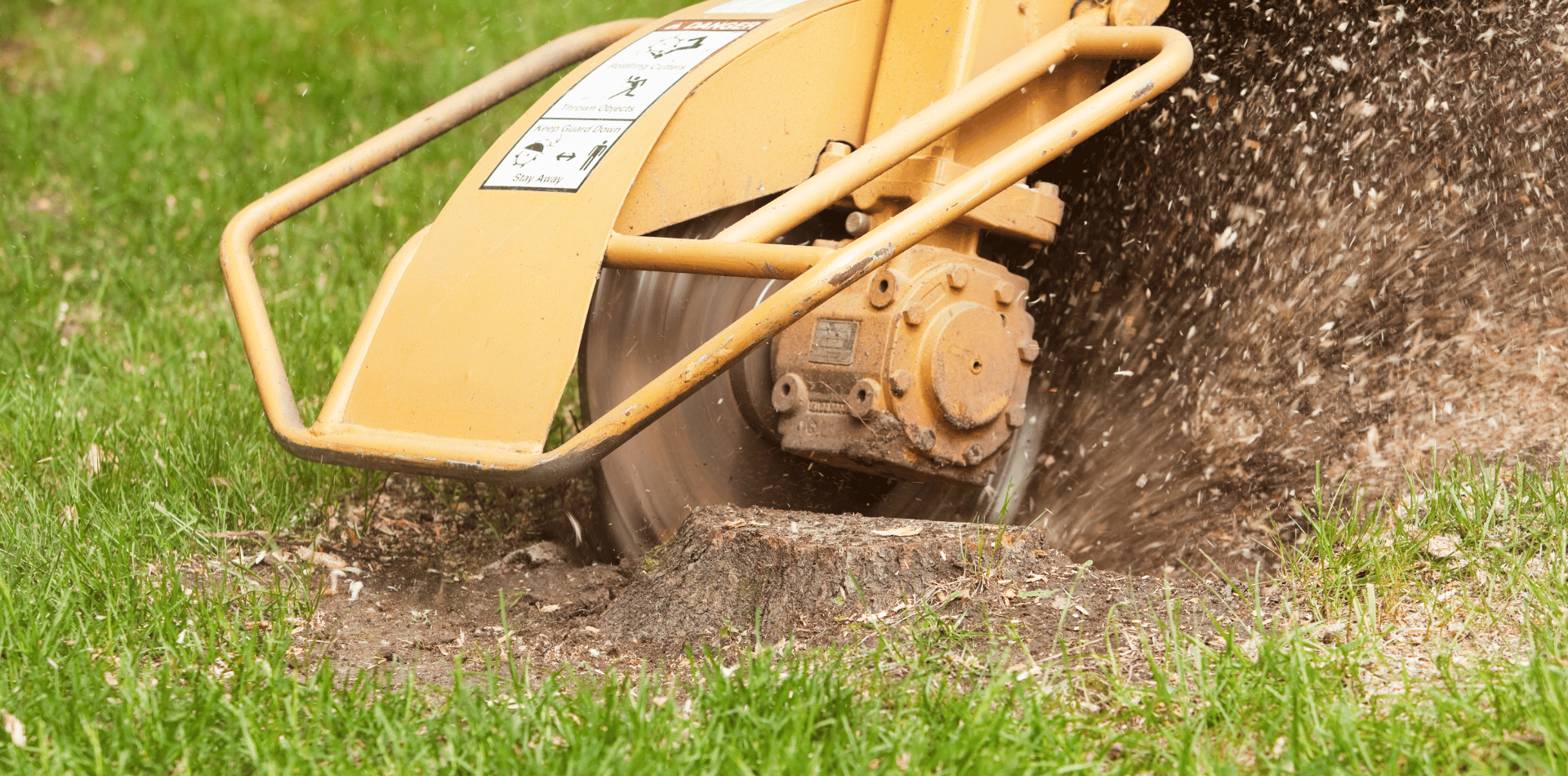
Neglecting Stump Removal or Grinding
Removing a tree without addressing the stump can lead to regrowth, tripping hazards, and pest infestations. Neglecting stump removal or grinding is a common oversight.
Kaptol Tree Expert Advice: James advises, "Always factor in stump removal in your plan. Grinding the stump not only removes potential hazards but also gives you a clean slate for landscaping."
Disregarding Ecological Impact
Trees play a significant role in local ecosystems. Removing a tree without considering its ecological impact on wildlife, soil quality, and surrounding vegetation can disrupt the environment.
Kaptol Tree Expert Advice: Environmental scientist Rachel Miller states, "Consider the ecosystem before removing a tree. Consult with experts to assess the impact on local wildlife and explore ways to mitigate disruption."
Learning from the experiences of professionals in the tree removal industry can provide invaluable insights to help you avoid common mistakes. From neglecting proper assessment and planning to disregarding safety precautions, each mistake carries potential risks that can lead to accidents, damage, and ecological disruption. By emphasising safety, thorough planning, adherence to regulations, and the use of proper equipment, you can ensure a successful and safe tree removal process.
Remember, when in doubt, consulting certified arborists or experienced tree removal professionals can provide expert guidance tailored to your specific situation.


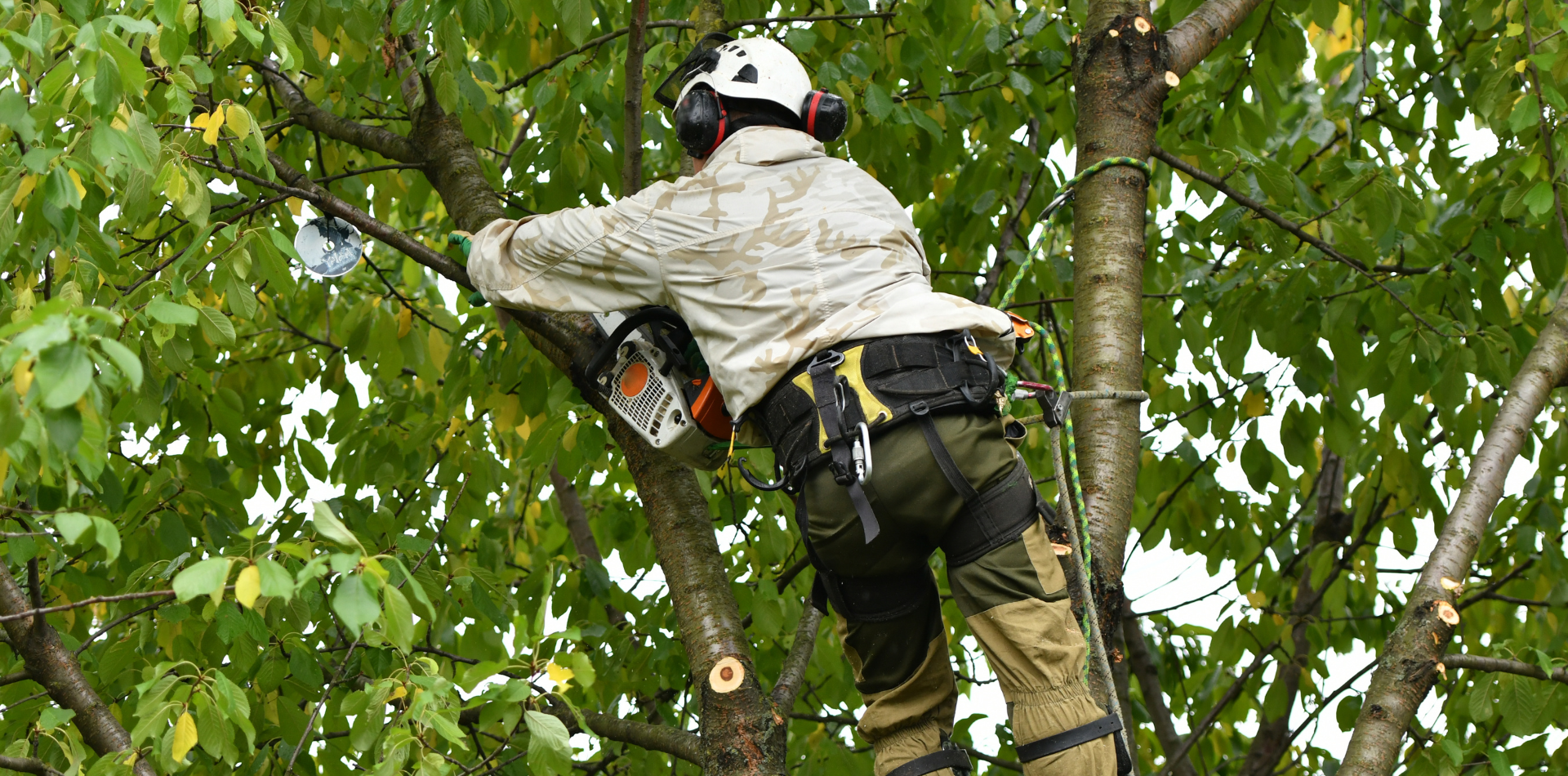


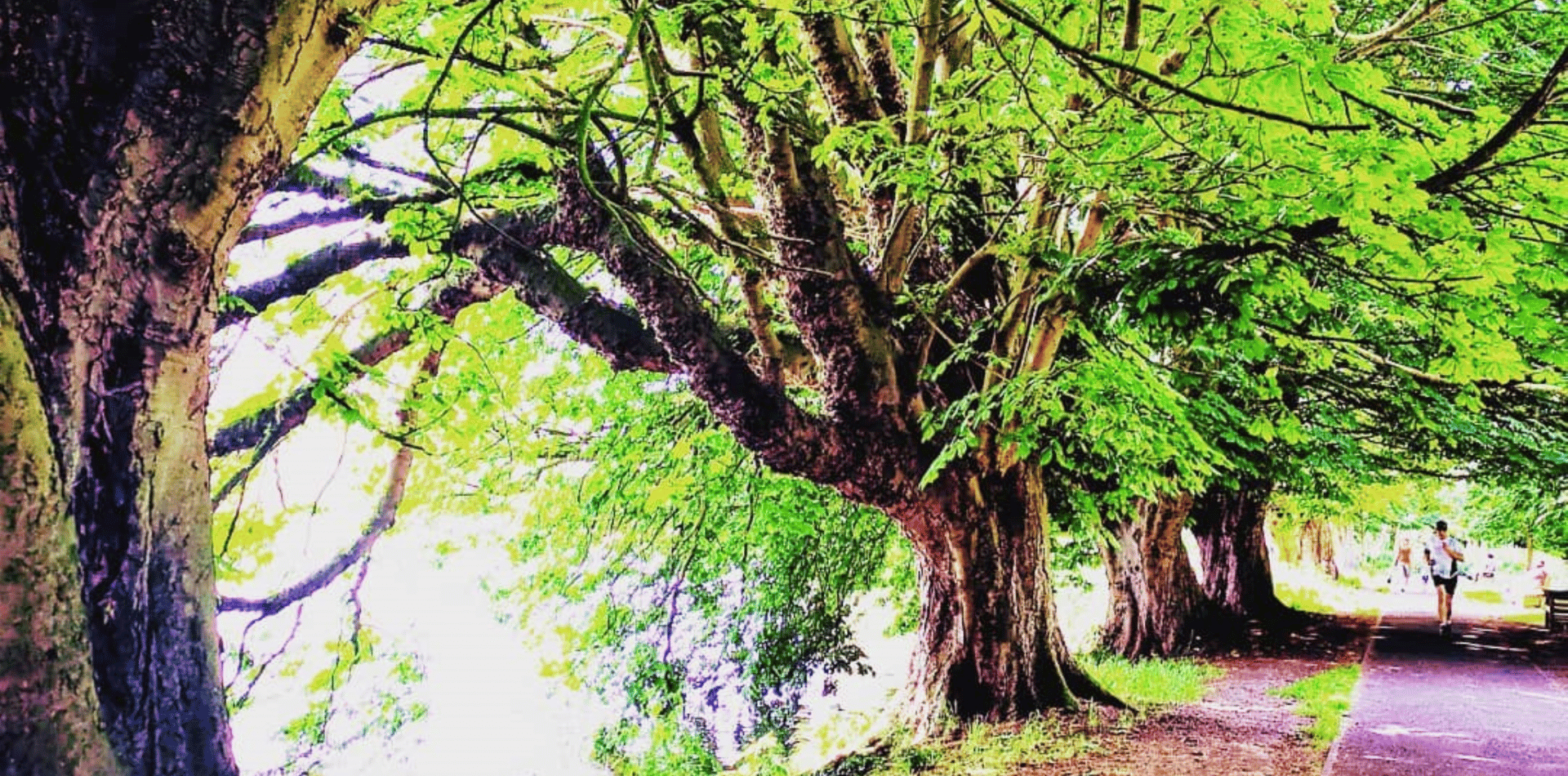
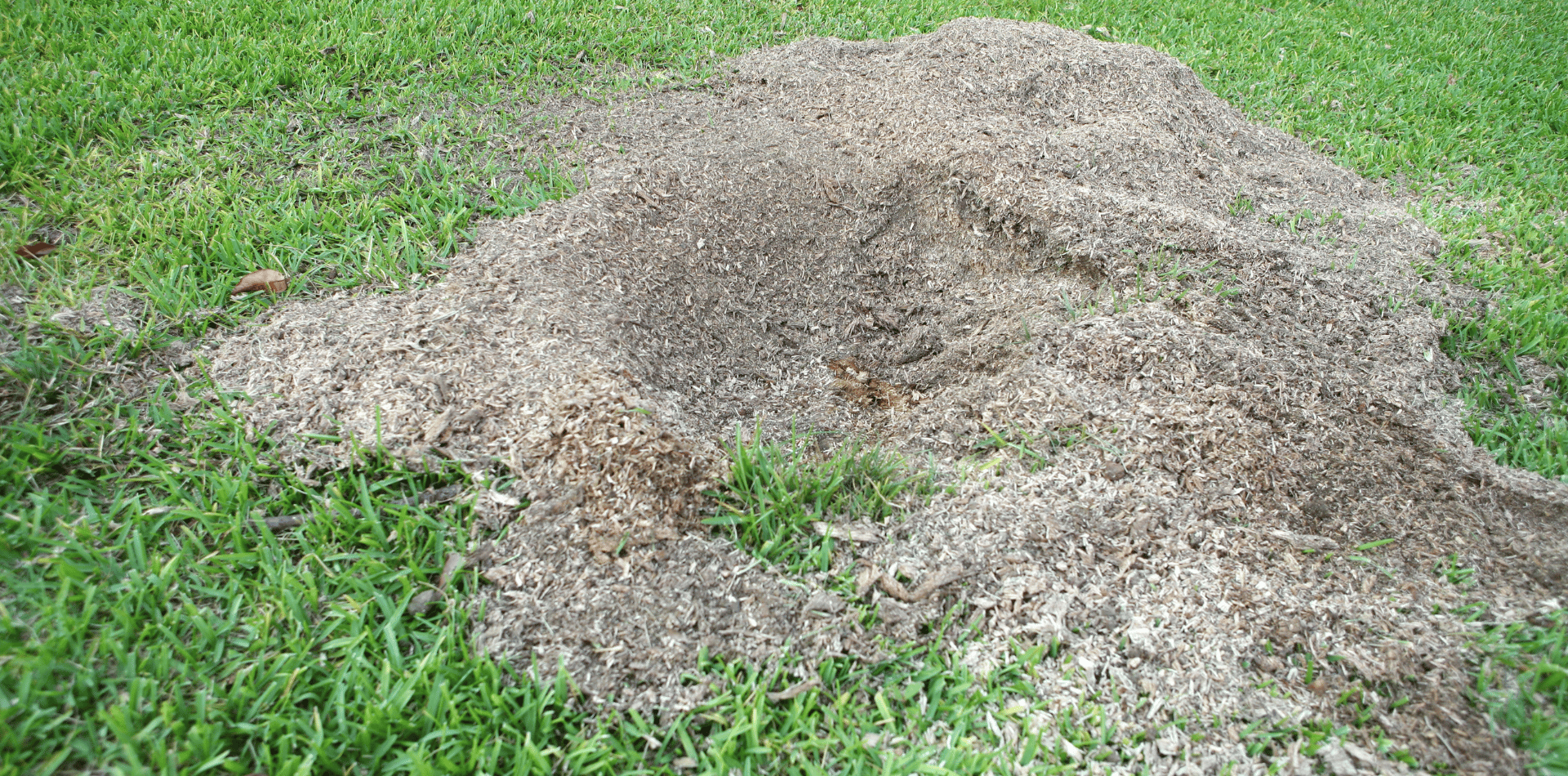
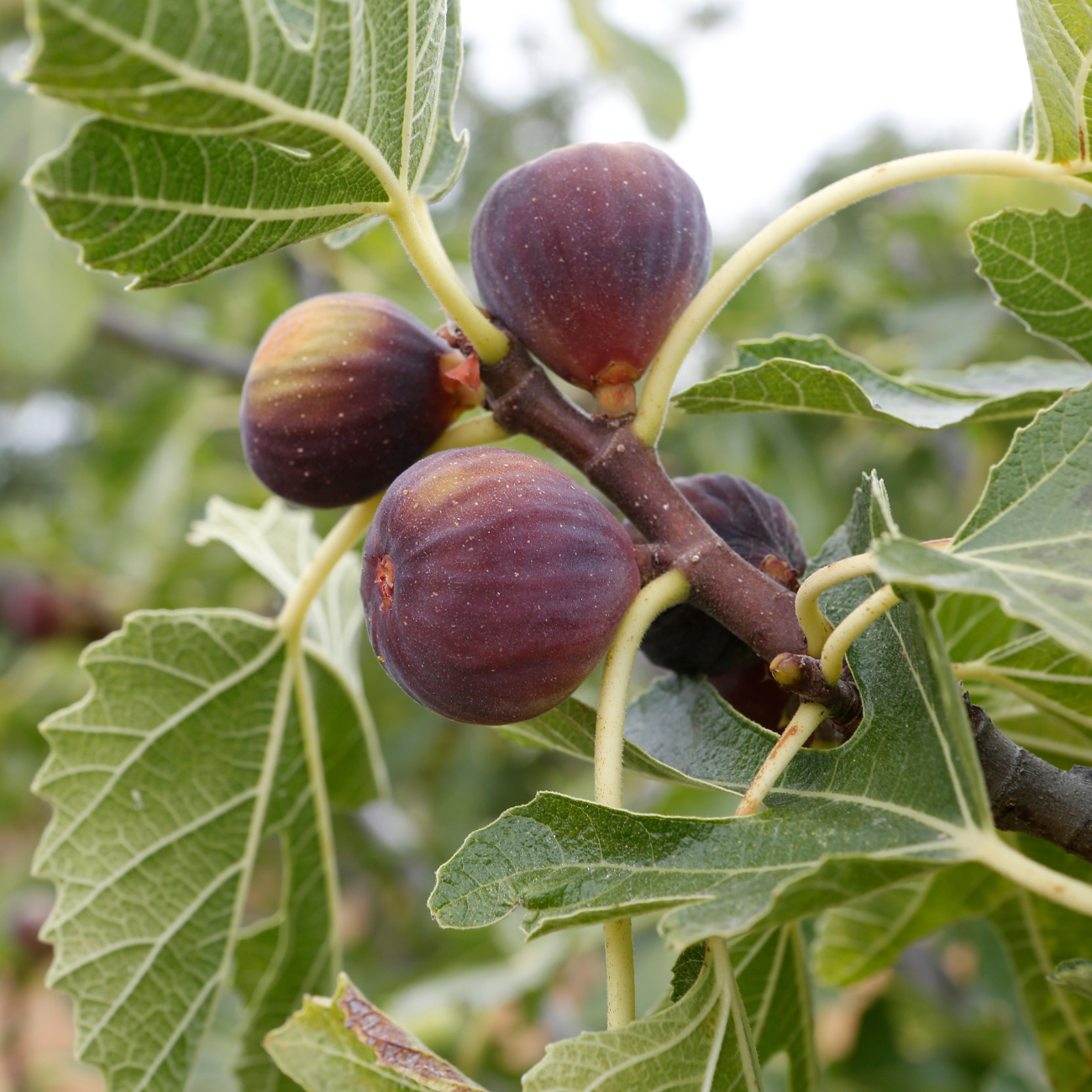

Contact
Kaptol Tree Removal Newcastle
A Member of the Kaptol Group
Powered by Kaptol Media

